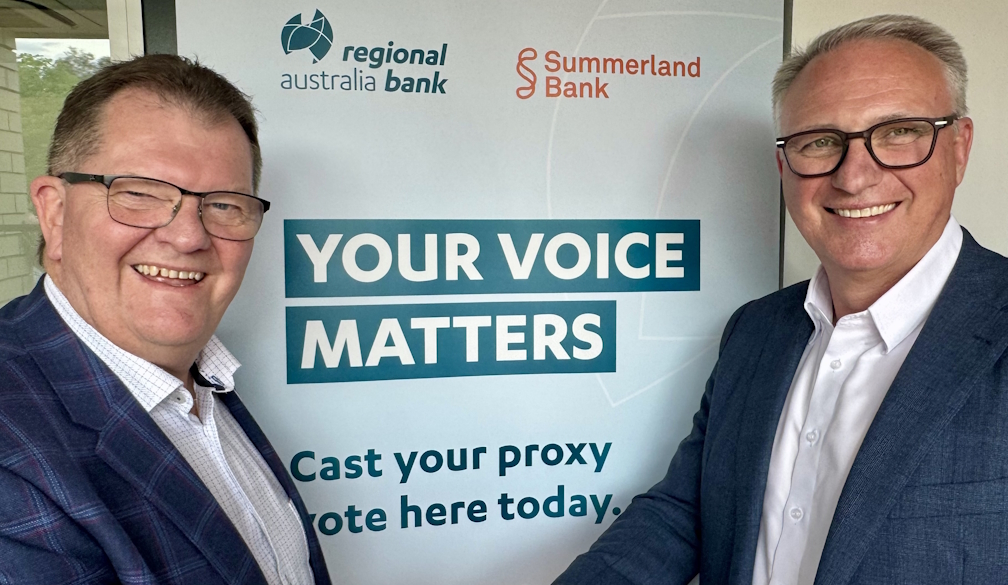The Role of Government Rebates and Incentives in Energy Costs

If you’re paying large energy bills (and who isn’t?), you’re probably leaving cash on the table. Not because you’re careless, but because navigating government rebates feels about as fun as assembling IKEA furniture without the instructions. However, the reality is that government energy incentives aren’t just bureaucratic box-checking exercises. There’s actually a chance to reduce your costs. These are real dollars that could stay in your pocket instead of vanishing into utility company offers.
Why Governments Are Suddenly Generous
Governments worldwide are investing substantial funds in energy efficiency. And that’s not out of charitable impulse, but strategic necessity. Climate targets loom. Energy grids strain under demand. Politicians need wins that voters can see on their monthly statements. So they’re betting big on electricity and gas providers. The typical incentive landscape includes:
- Tax credits for solar panel installation
- Rebates on energy-efficient appliances
- Cash back for home insulation upgrades
- Electric vehicle charging station credits
- Heat pump conversion bonuses
These aren’t crumbs. We’re talking thousands of dollars in potential savings.
The Hidden Economics Nobody Mentions
Now comes the interesting part. Those government rebates don’t just trim the upfront costs. They basically reshape the economics of energy decisions. A $15,000 solar installation that would take 12 years to break even can start paying you back in six years with a 30% federal tax credit plus state rebates.
Suddenly, the math works smoothly.
A rebate has a ripple effect, which compels more people to adopt the efficient technology. Eventually, demand increases and production skyrockets, while costs decrease. A win-win for both customers and manufacturers. Ultimately, the next wave of adopters receives an even better deal.
This is a virtuous cycle: your own tax funds are involved, and ultimately, that money returns to your bank account.
The Rebate Reality Check
A successful government program is one that people use.
But the reality is different. Most people never claim their eligible rebates. The reason? That paperwork process feels more challenging than rewarding. Different programs have different requirements. Some need pre-approval, others work as tax credits, while some require specific contractor certifications.
The fact of the matter is: complexity is inevitable. Due to this complexity, people often fail to claim what they’re eligible for, resulting in lost opportunities as they leave money on the table.
What Smart Energy Consumers Do Differently
Smart consumers don’t wait for the perfect information. They start somewhere, and you should too. Browse your utility company’s website. Most of them have a database of available programs. You can also find some helpful resources at your state energy office.
Many programs are available out there. Select one upgrade, research it thoroughly, and apply it. Then move to the next one if you find something better.
Upgrading is your key to curbing those energy bill costs. Being loyal here often leaves you unrewarded. Some rebate programs have annual funding limits. Apply early in the year, before the funds run out. Some programs offer more incentives during off-peak periods when contractors need work.
The Future Outlook
Energy incentives keep evolving. The thing is, you just don’t know enough about them.
New federal infrastructure spending means fresh programs launching frequently. Some cater to low-income households, while others target specific technologies, such as battery storage or geothermal systems.
The trend is basically towards easy, more accessible programs. It’s about encouraging instant rebates at purchase, pre-qualified contractor networks, and digital applications that work on mobile devices.
Though we’re still not there and there’s a long way to go, we’re still moving in that direction, slow and steady.
How to Maximise the Benefits
Those rebates and incentives are only good if you’re capitalising on them. And here’s how you can:
- Stay updated: Energy programs change often, and you need to be aware of whether there’s a better deal out there.
- Compare: Different retailers handle rebates differently. Don’t assume they’re all the same.
- Stack incentives: Combining state and federal incentives can sometimes lead to bigger benefits.
- Strategic plan upgrades: Time your appliance replacements to align with rebate availability.
Your Next Move
Don’t take those rebates and incentives as mere bureaucratic handouts. They can reshape usage behaviour, reward smarter choices, and offload households and companies. Not paying attention? That’s leaving money on the table. However, if you pay attention, energy costs can become energy opportunities.
So when you scan that energy bill the next time, ask if there’s something you can tap into. The government is probably ready to give you a hand.









